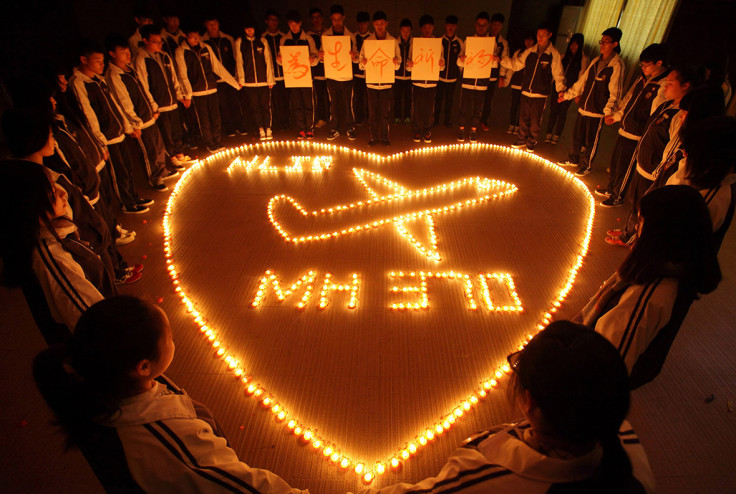MH370: International civil aviation body sets new rules on real-time tracking of civilian aircraft

The International Civil Aviation Organization has decided to impose new requirements for the real-time tracking of civilian aircraft in distress. The move comes following the disappearance of Malaysia Airlines flight MH370 on 8 March 2014.
The plane has yet to be found despite extensive deep sea searches in the Indian Ocean. The plane, carrying 239 passengers and crew, disappeared while on a routine flight from Kuala Lumpur to Beijing. Other than a flaperon confirmed to have come from the aircraft, no other pieces have been verified as being part of the plane. However, two pieces of debris have been found on Reunion Island, where the flaperon was found and off Mozambique.
The aviation body's governing council has approved proposals for planes to carry tracking devices that can transmit their location at least once a minute in cases of distress. In addition, plane operators will have to ensure that their flight recorder data is recoverable. The ICAO is also making it a requirement that the duration of cockpit voice recordings be extended from two hours to 25 hours.
"Taken together, these new provisions will ensure that in the case of an accident, the location of the site will be known immediately to within six nautical miles, and that investigators will be able to access the aircraft's flight recorder data promptly and reliably," ICAO Council President Olumuyiwa Bernard Aliu said.
"They will also contribute to greatly improved and more cost-effective search and rescue operations," he added in the statement. Malaysia has been pushing for the tracking of flights following the disappearance of its aircraft.
Last year, a landmark deal was sealed to use satellites to track flights anywhere in the world. A specific radio frequency was allocated for global tracking in civil aviation. The process is expected to be finalised and be put in place by 2017.
© Copyright IBTimes 2025. All rights reserved.





















